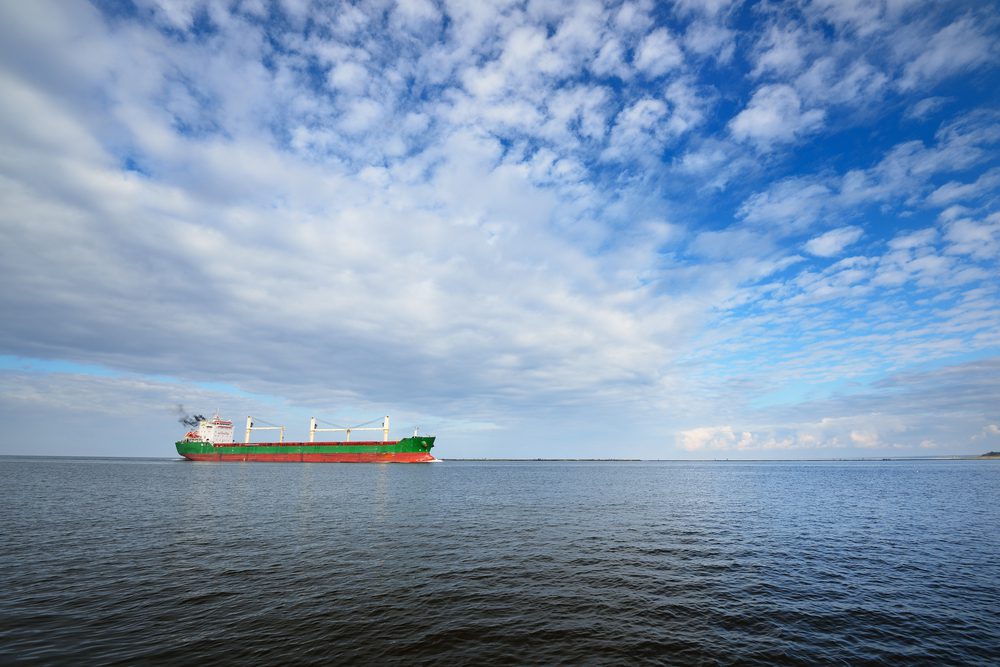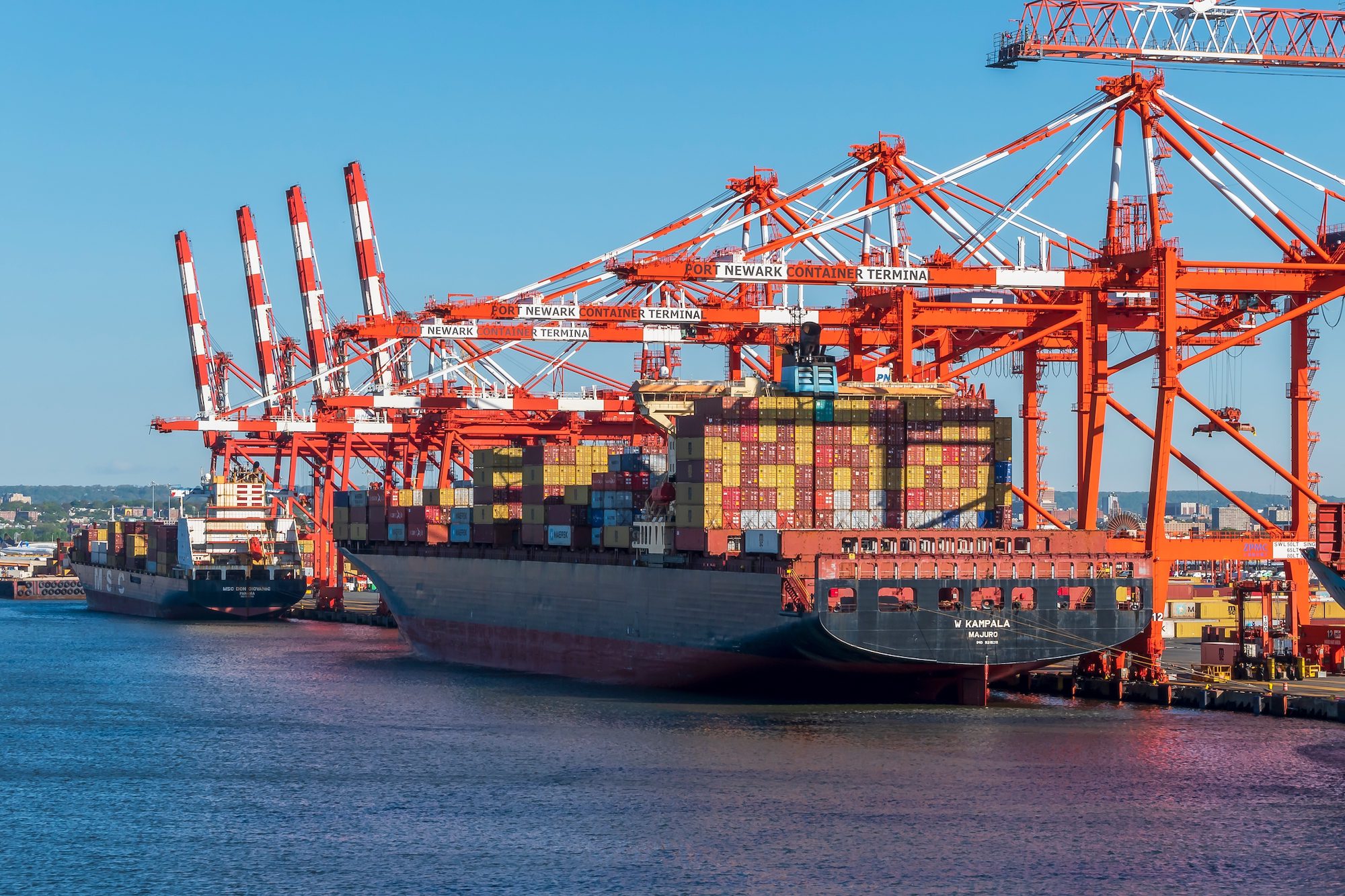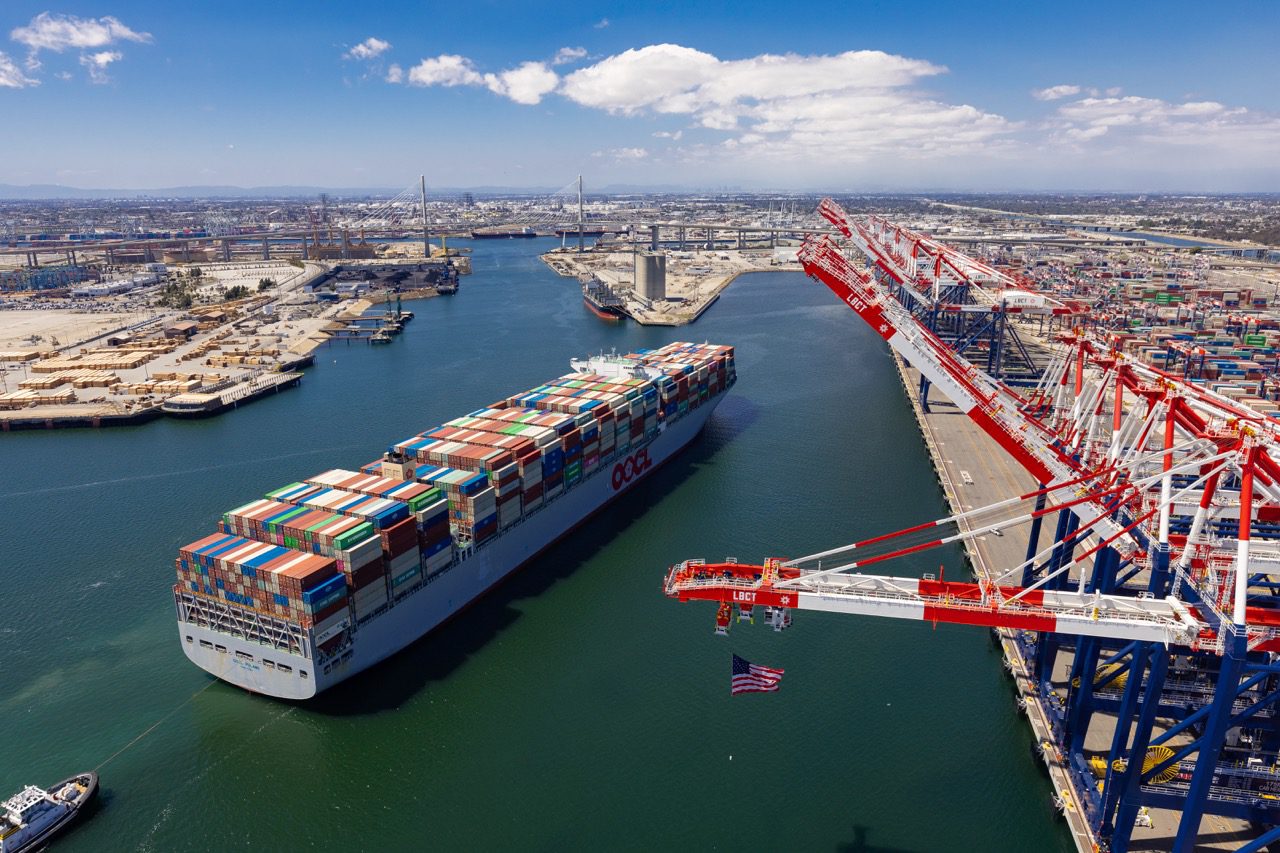By Bloomberg News (Bloomberg) —
China’s embarked on a record corn-buying spree this year and some vessels have been delayed for as long as a month outside southern ports because of congestion, incurring hefty demurrage fees.
At least two ships laden with U.S. corn had been waiting for weeks before eventually moving to berth on Thursday, according to Bloomberg vessel-tracking data. The Priscilla carrying 71,400 tons was anchored off Zhanjiang port in Guangdong province since May 11 and the Krini, with 75,100 tons, was waiting since May 16 near Huangpu port in the same province.
China’s grain purchases have surged this year as hog herds recover from a devastating outbreak of African swine fever. Corn imports quadrupled in the first four months from a year earlier, while sorghum arrivals jumped five times in April from a year ago. Barley shipments are up too. The delays may add to rising raw material costs that the government is struggling to control.
The National Development and Reform Commission, the country’s top economic planner, recently highlighted the need to manage long and complex supply chains when it comes to stabilizing prices, and urged regional authorities to maintain supplies of everything from corn to pork and vegetables.
A Chinese purchaser said his cargo of U.S. corn arrived in February, but it had to wait a month before unloading at Nantong port in the eastern province of Jiangsu, a delay that resulted in heavy demurrage charges. He declined to specify any further details because of the sensitivity of the issue.
Feed mills are not the only buyers. The government has been shipping in corn from Ukraine and the U.S. to replenish state reserves depleted after years of sales. China is set to import a record 26 million tons of corn this marketing year and the same next year, according to the U.S. Department of Agriculture.
China is also the world’s biggest importer of soybeans, but many buyers are crushers located in the ports with their own silos. For corn, the purchasers are mostly animal feed mills and state silos, many of which are located inland.
© 2021 Bloomberg L.P.

 Join The Club
Join The Club











